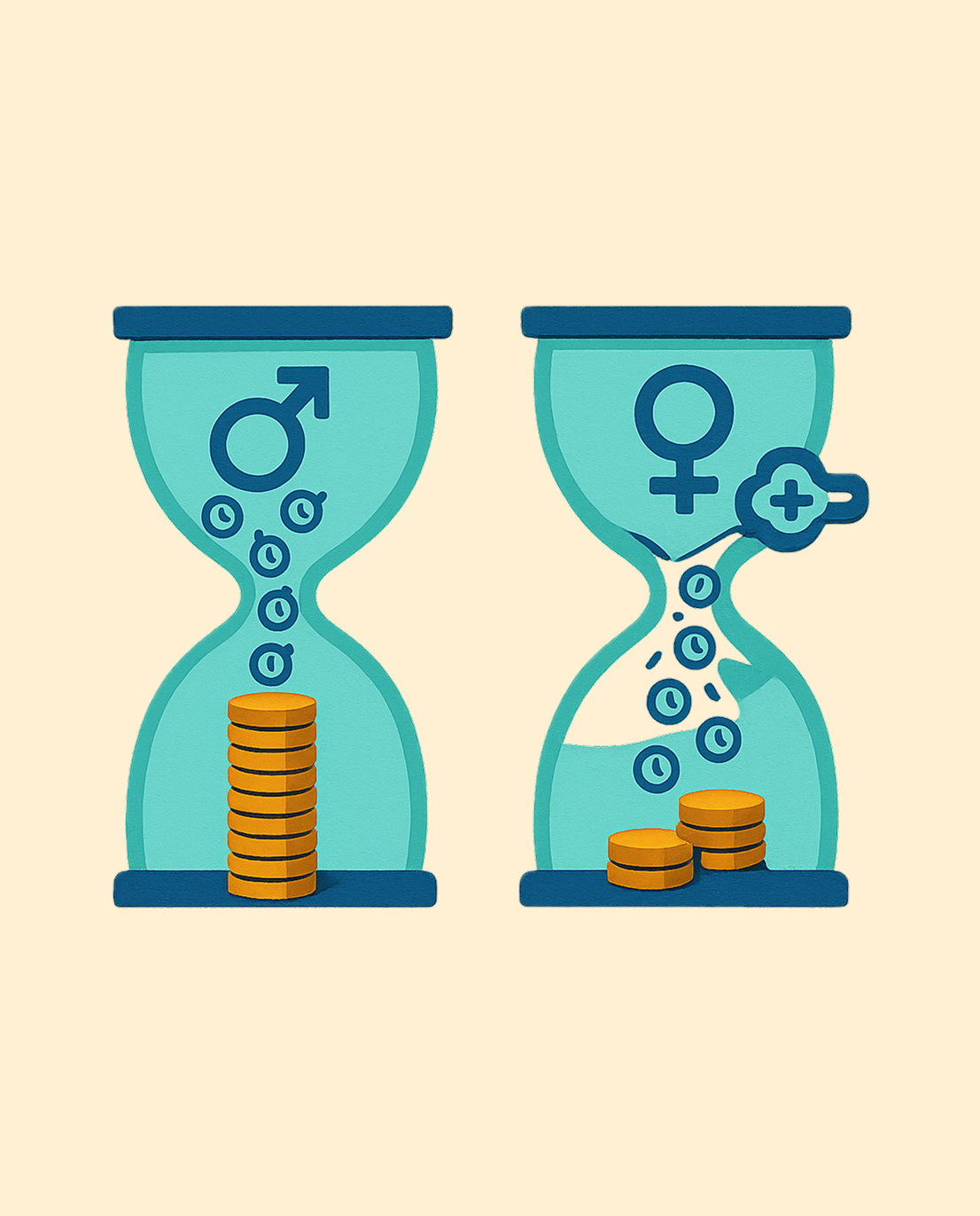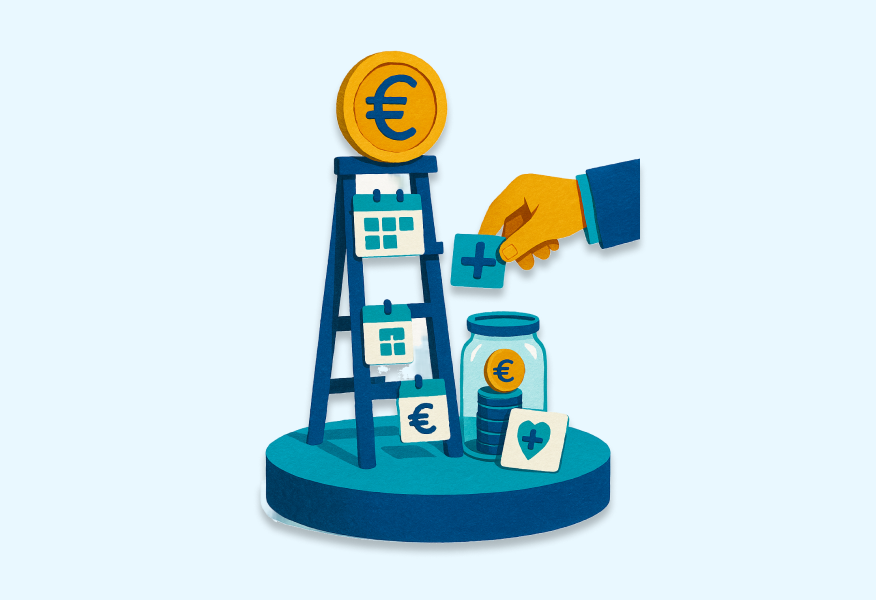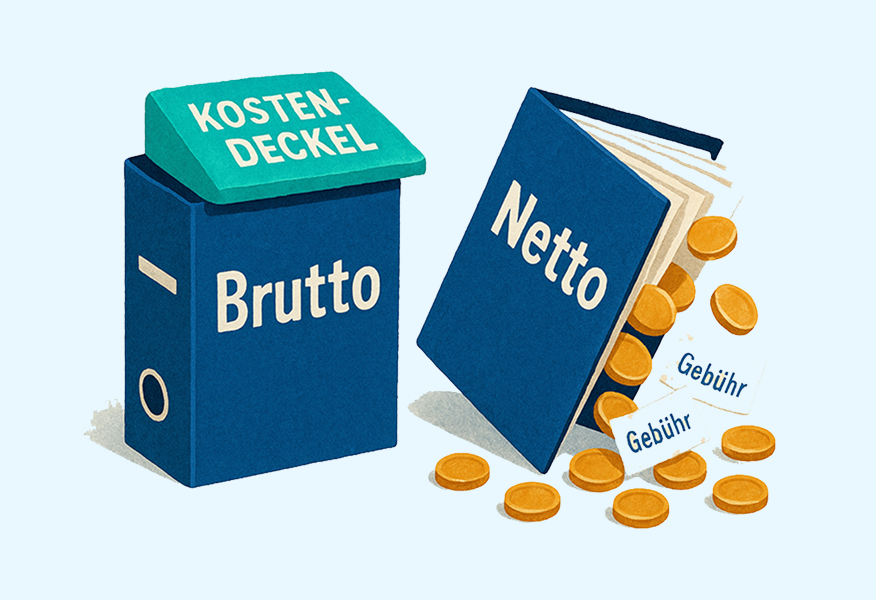The discussion about the gender pay gap – the pay gap between women and men – is a persistent topic in Germany and worldwide. Despite diverse efforts in recent decades, the gap remains, with Germany as one of the EU countries with the biggest difference. The effects of this inequality extend far beyond working life and directly influence women's pension entitlements, leading to a significant gender pension gap.
The dimension of the gender pay gap
Depending on the calculation method, the gender pay gap in Germany varies between 5 and 20 percent. The gap is significantly larger in traditional “women's jobs” than in typical “men's jobs.” There is a particularly high discrepancy, around 25 percent, between management and top positions, which points to the barriers of the “glass ceiling.” Among self-employed people, this gap even widens to over 40 percent, a phenomenon that cannot yet be fully explained.
The gender pension gap
The gender gap in income contributes significantly to lower pensions for women. Even small differences in salary between women and men add up enormously over the lifespan. But it is not only the direct pay differentials that are decisive; the employment histories of women, characterized by unpaid care work, more frequent part-time employment and career breaks, reinforce the effect. Interestingly enough, the gender pay gap and gender pension gap are significantly lower in the new federal states, where women's employment traditionally has a higher priority.
Company pension provision as a strategic solution
An underused opportunity to counteract these inequalities is occupational pension provision (bAV). Direct insurance, a common form of pension scheme, offers an easily accessible option here. Since 2022, a minimum employer subsidy of 15 percent has been required, with many companies going beyond that. Starting from a subsidy of 20 percent, bAV offers financial advantages over private pension insurance.
Digitalization of company pension plans
The digital transformation of bAV through solutions such as our Pension Cloud makes it easier to access and manage pension savings programs. Digitalization not only relieves HR managers and financial departments, but also creates a transparent and user-friendly platform for insured persons. This transparency and accessibility can make bAV an attractive benefit for employees and help women in particular to make provisions for their financial future.
Call to action and benefits
It is crucial to take action and make use of the opportunities offered by a bAV. In addition to tax advantages, the vesting of the amounts paid in and the option to suspend the payment of contributions under certain circumstances, bAV offers a future-proof solution to reduce the gender pension gap, particularly in its digital form.
Conclusion
The gender pay and pension gap is a complex issue that is deeply rooted in structural inequalities. By strategically using company pension plans, particularly in their digital form, companies can make a significant contribution to reducing this gap. By helping women to provide for their retirement, they can not only improve the financial security of their female workforce, but also position themselves as progressive and attractive employers.






